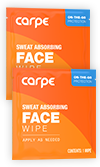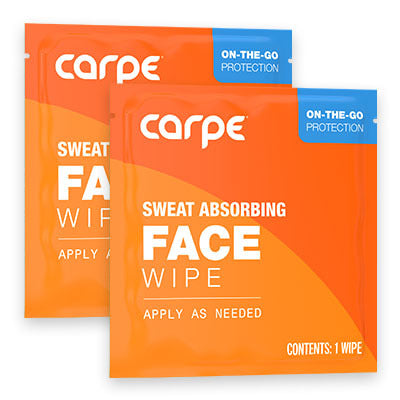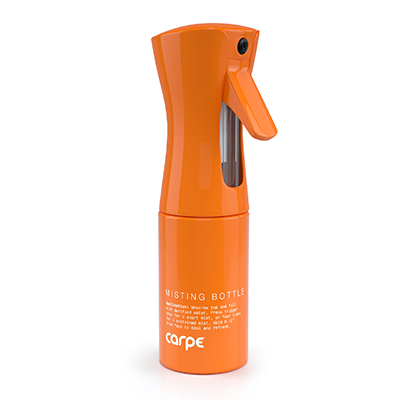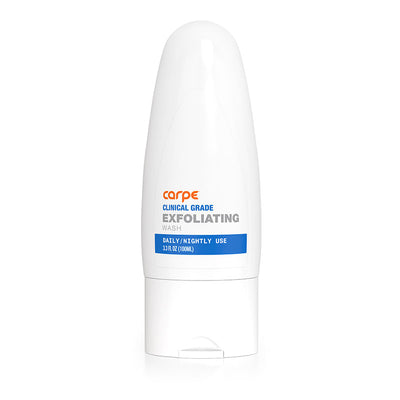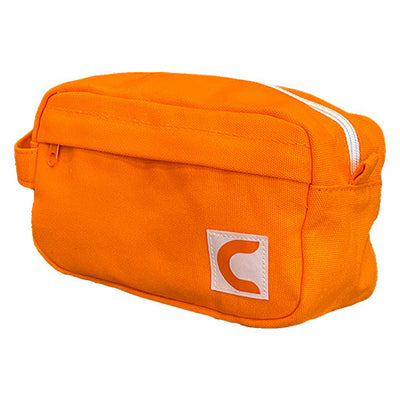Humans have been using scents to mask the smell of body odor for thousands of years. Soap was invented by the Phoenicians in 600 B.C. and ancient Egyptians bathed in perfumed water to mask their scent. Sweat glands were not discovered until the late 1800’s, up until that point people did not understand the association between body odor and underarms.[1] Humans have two kinds of sweat glands: eccrine and apocrine. Eccrine glands are found all over the body, but apocrine glands, which produce a thicker type of sweat, are only located in the armpits and groin area. The sweat produced by apocrine glands has a high concentration of proteins and fatty acids, and it is actually odorless. Bacteria live on the surface of the skin, especially in the axillary region, and they break down apocrine sweat into isovaleric acid and androsterone, which give off an unpleasant odor.[2] In response to the foul smell produced by underarm bacteria, the modern era of underarm technology began. In the late 1800’s deodorant was invented, and 15 years later antiperspirant was created.[1] Today, people all over the world use these products, and many are confused about what the difference between them actually is. The basic difference is this: deodorant kills bacteria on the surface of the skin and masks body odor with a scent while antiperspirant actually stops the production of sweat.[3]
What Antiperspirant Does
Antiperspirants are often used as a way to manage sweat, as they are able to stop its production. For those who have overactive sweat glands, or suffer from a condition called hyperhidrosis, antiperspirant is a critical tool. Most antiperspirants use aluminum salts as an active ingredient, specifically aluminum chloride or aluminum chloride hexahydrate. Scientists are unsure of the exact way in which aluminum salts block sweat glands. Sweat glands look like tubes that open up to the skin, and it is thought that aluminum salts contain metal ions which interact with molecules in epithelial tissue within the sweat glands. This interaction damages the lining of sweat gland cells and forms a plug that blocks sweat output. Sweat can still build up behind the plug, but it can’t reach the surface of the skin as it is mechanically blocked, and it is eventually reabsorbed by the body. Some clinical strength products use aluminum zirconium trichlorohydrex as an active ingredient. It is thought to act in a similar way as aluminum chloride, but the plug formed by aluminum zirconium trichlorohydrex is more superficial. Other antiperspirants use an even newer active ingredient called aluminum sesquichlorohydrate which is thought to be less irritating. The large selection of products can make it challenging to choose the right over-the-counter antiperspirant, but they all provide the same end game. No matter what the active ingredient they use, all antiperspirants stop sweat from forming on the surface of the skin.[4]
Several years ago there was a controversy over the aluminum contained in antiperspirant products. People were worried that aluminum antiperspirants cause cancer. However, that worry has since been disproved, as several studies have been done to determine if there is a correlation between the two. In recent years, the FDA and the National Cancer Institute put statements out declaring that aluminum is not linked to cancer. In fact, antiperspirants are actually considered drugs, as opposed to deodorants which are not, and are therefore regulated by the FDA.[5]
What Deodorant Does
Deodorants are used to eliminate the bacteria that live on the skin and mask the odor they produce. This is done by combining an antimicrobial agent to kill bacteria and a fragrance to mask any foul smells.[5] Many deodorants use an ingredient called triclosan to fight bacteria, and it is suspended in a propylene glycol gel and thickened with sodium stearate.[1] Ingredients like triclosan target an enzyme found in bacteria cell membranes, the enzyme is used only in bacterial cells and not human cells, which allows it to kill bacteria.[5] Many people assume that deodorants are safer than antiperspirants, but the FDA has put the chemical triclosan on notice, as they are concerned that it may be carcinogenic. Most studies show that triclosan is a safe ingredient, but further research is needed. Triclosan is used in other antibacterial products like soap and toothpaste.[7] There is also a concern that triclosan may be a factor in bacterial resistance, which is becoming more and more problematic.[6] This has led some people to use more natural deodorants with ingredients like baking soda and essential oils, which can be made at home.[7]
Combination Products
Many products combine both deodorant and antiperspirant into one, so that they have a product that can prevent sweat, kill bacteria, and mask any smells that do occur.[7] These products are especially useful for people who have conditions that cause them to produce stinky sweat or too much sweat, like bromhidrosis and hyperhidrosis respectively. Each person has different needs based on the amount of sweat they produce, how irritated their skin becomes, and how stinky their sweat is. In some cases, deodorant is the best option, and in others an antiperspirant, or combination product is needed.[4]
When to Use Which Product
Now that you understand what antiperspirants and deodorants do, it is important to know when it is appropriate to use each product. As antiperspirants actually prevent sweating, they are most useful for people who sweat excessively. Antiperspirant is actually the first line treatment for hyperhidrosis, a condition in which people sweat excessively from various parts of their body. For people dealing with a normal amount of day to day sweating, however, antiperspirant is not usually necessary. It is considered to be a drug by the FDA so it is probably best not to use it if you don’t need to.[4]
Deodorant is something that the average person is more likely to benefit from. That is because everyone has bacteria in their underarms that produce body odor. While deodorants do contain bacteria-killing chemicals, they are generally thought to be safer than antiperspirants. However, many people don’t like the fact that deodorants have unnecessary chemicals at all, and they may want to opt for a more natural option. There are many recipes online that teach you how to make your own deodorant in your kitchen if you prefer not to have to use mainstream deodorants for that reason. Overall, deodorant provides odor protection that is pleasant and most people tend to lean towards using some form of deodorant.[6]
Combination products are great for some people and bad for others. They are convenient because they combine two products that would otherwise have to be bought and applied separately. For some people, however, combination products can be limiting. They may contain one ingredient that works for you and another ingredient that irritates you. When someone is especially sensitive to products, it may be harder to find a combination product that works. In that case it is preferable to find a separate antiperspirant and deodorant that don’t cause irritation and use them in combination with each other.
Deodorants and antiperspirants tackle the same problem in different ways, and each product has its place. Thanks to these products, people today smell much better now than they did in ancient times.
Sources
- Ramirez, A. (1990, August). All About/Deodorants; The Success of Sweet Smell. New York Times. Retrieved October 3, 2018, from https://www.nytimes.com/1990/08/12/business/all-about-deodorants-the-success-of-sweet-smell
- Huddle, J. R. (2014). Hyperhidrosis: Causes, Treatment Options and Outcomes. New York, NY: Nova Science.
- Zirwas, M. J., & Moennich, J. (2008). Antiperspirant and Deodorant Allergy Diagnosis and Management. The Journal of Clinical and Aesthetic Dermatology, 1(3), 38-43. Retrieved October 3, 2018, from https://www.ncbi.nlm.nih.gov/pmc/articles/PMC3013594/
- Pariser, D. M. (2014). Hyperhidrosis (4th ed., Vol. 32). Philadelphia, PA: Elsevier.
- How do antiseptic soaps work? (2009). Retrieved October 3, 2018, from http://scienceline.ucsb.edu/getkey.php?key=2168
- Feltman, R. (2015, September). How deodorant makes you stink less. Washington Post. Retrieved October 3, 2018, from https://www.washingtonpost.com/news/speaking-of-science/wp/2015/09/21/how-deodorant-makes-you-stink-less/?noredirect=on&utm_term=.4a62ab6edd98




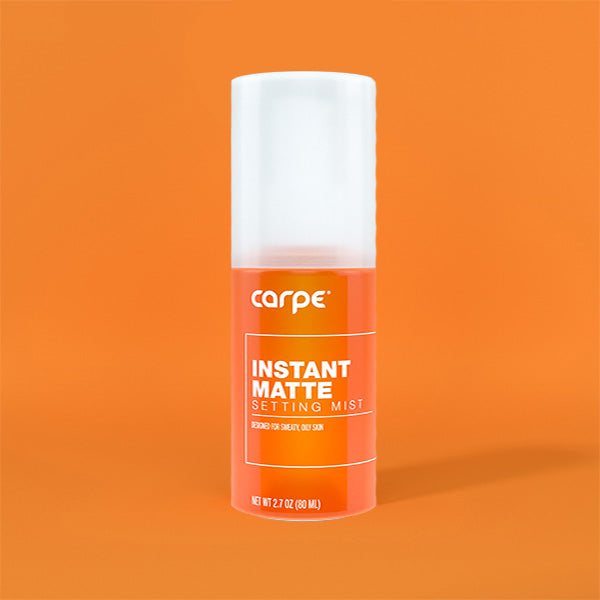

16790753702383.jpg?v=1679075372)

16790746985853.jpg?v=1679074700)


16790757289763.jpg?v=1679075731)






